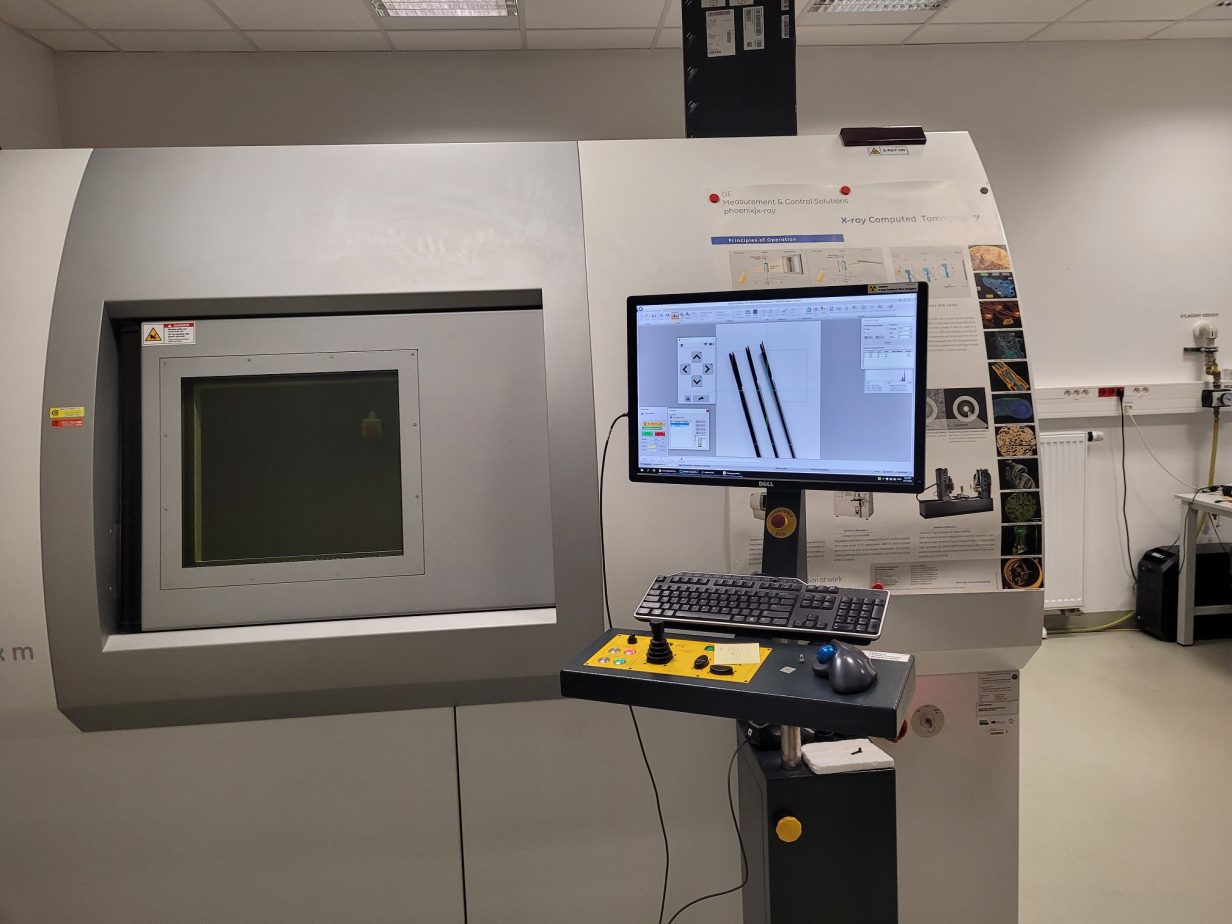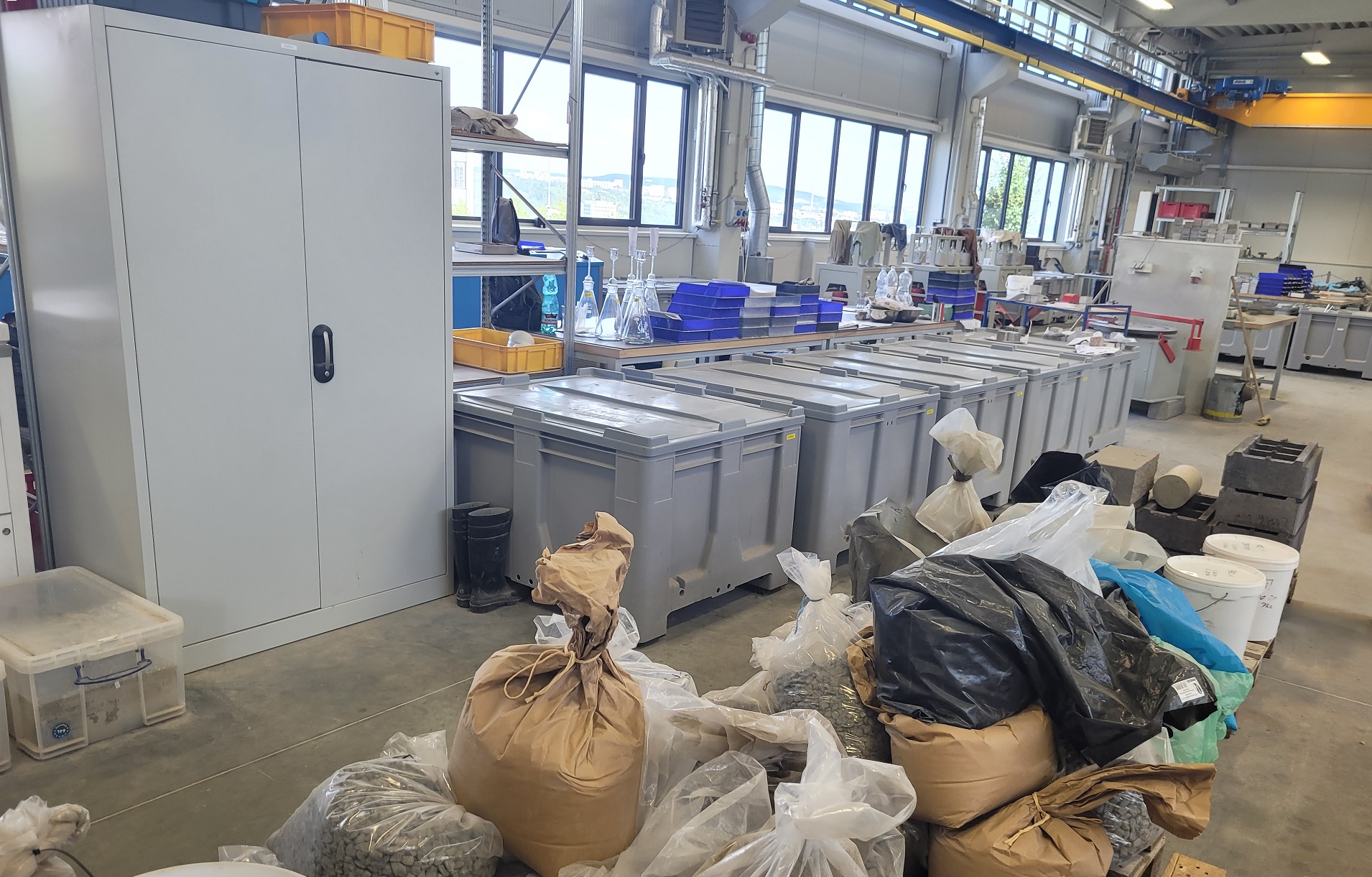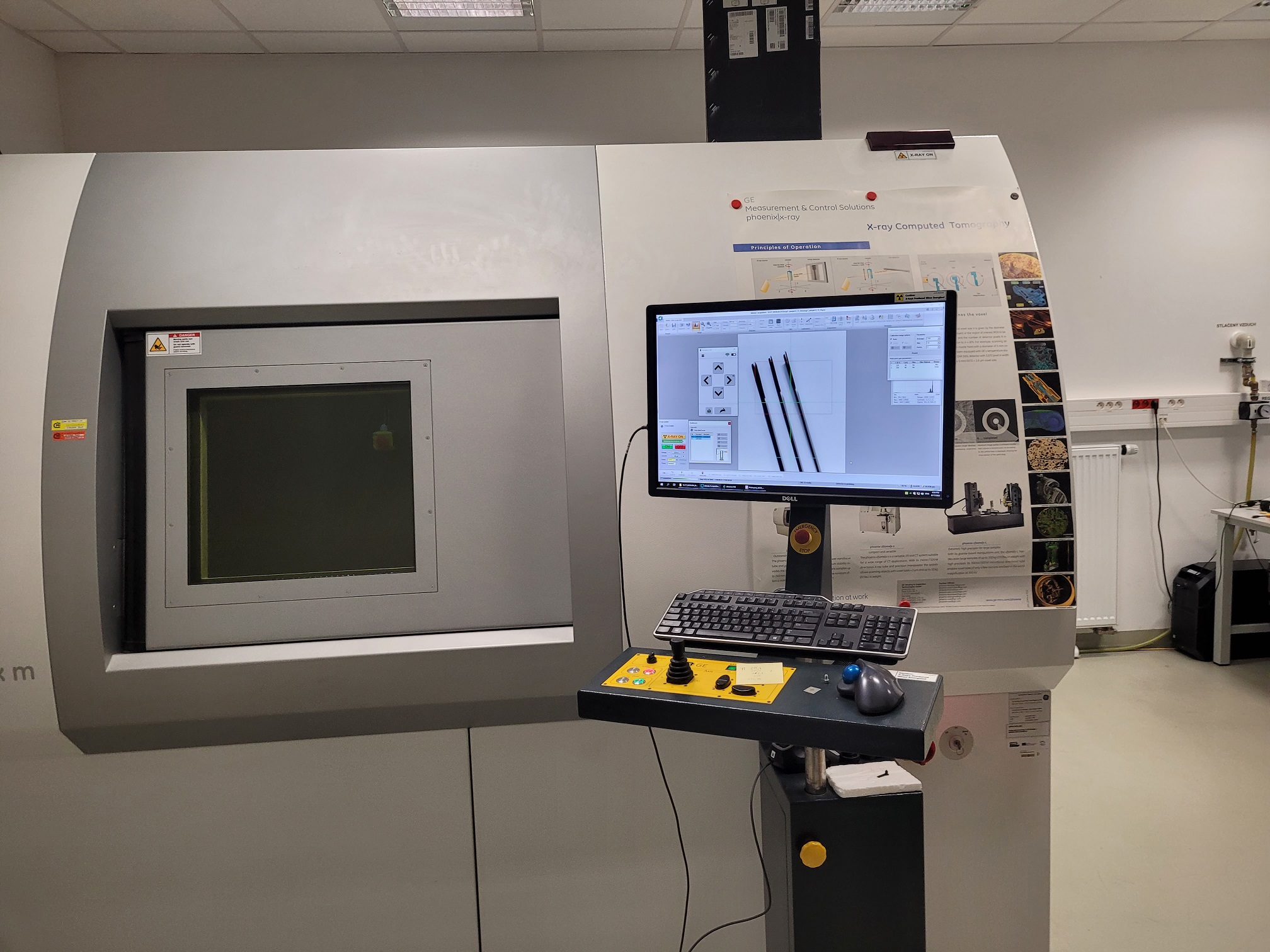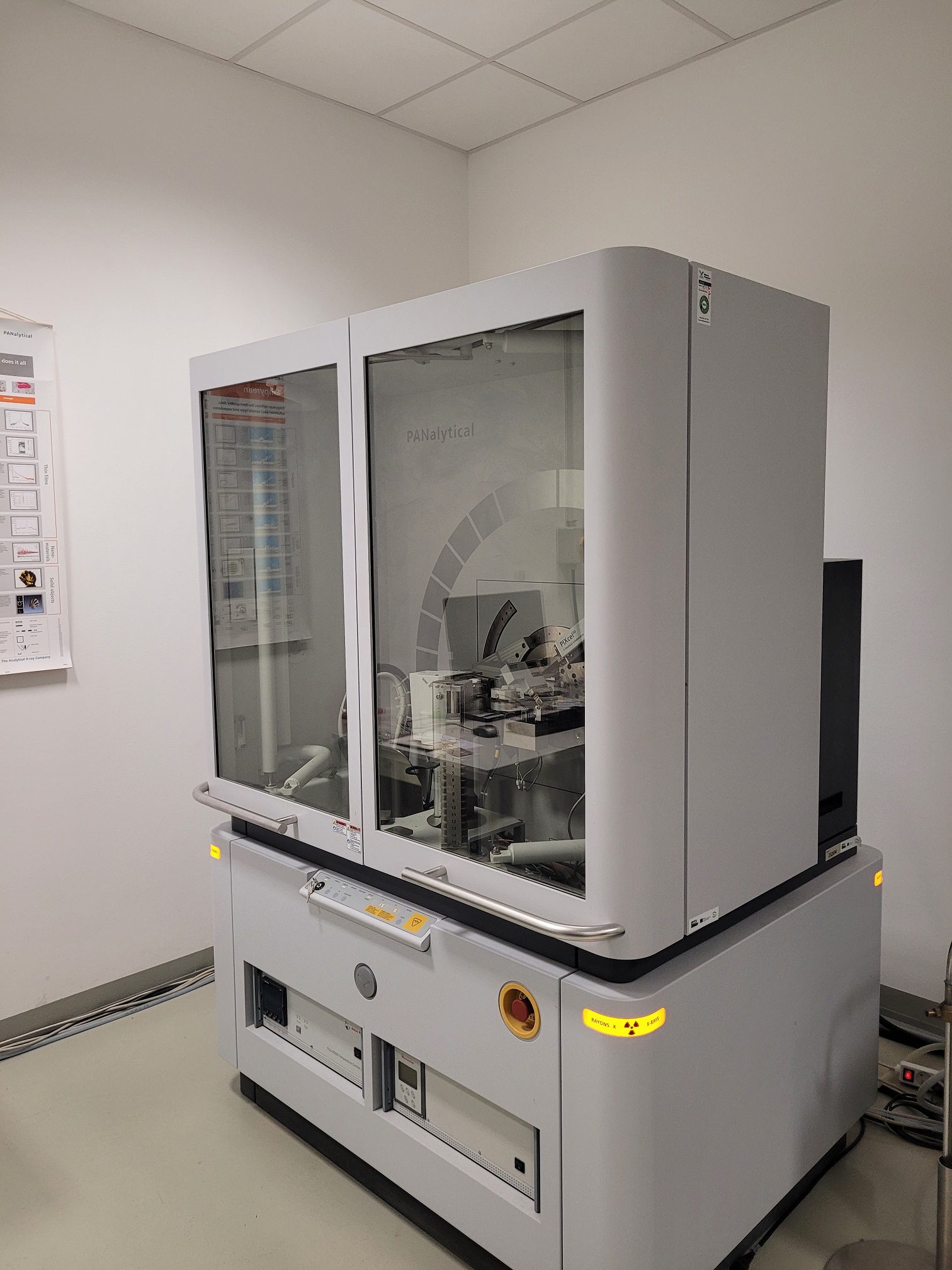
Introducing: Brno University of Technology
With its history, the Brno University of Technology (BUT) ranks among the oldest universities in the country, and was even the first Czech university in Moravia. It was founded as the Czech Technical University in Brno in 1899, and the institution has had its current name since the 1950s. Nowadays, it is a university reaching an international level. BUT has long appeared in the QS Top Universities ranking, which is compiled annually by QS – Quacquarelli Symonds Limited and evaluates thousands of universities around the world. Another ranking in which BUT participates is the Times Higher Education, which can be found directly on the university’s official website: www.vut.cz/en.
BUT consists of eight faculties and three university institutes. Students who are interested in a wide range of fields and professional orientations, from purely technical and scientific to economic or artistic, apply here. Because of the considerable share of the attractiveness of studying at the university and the interest in cooperation with it, BUT provides an excellent number of activities in the field of research and development, which is concentrated not only in individual faculties, but above all in specialized research and scientific centres.
The core part of the research carried out as part of the activities of the CEVOOH Centre is focused on the Institute of Process Engineering (ÚPI) and the Institute of Automotive and Transport Engineering (ÚADI), the Department of Transport and Construction Machinery at the Faculty of Mechanical Engineering (FSI) and the Institute of Construction Materials and Components Technology under the Faculty of Construction (FAST). ÚPI is also the coordinating workplace of the project for BUT. Among other things, it focuses on the area of waste processing and its logistics. As part of the Centre’s activities, it also participates in complex analyses in the field of waste management. Sophisticated computing tools are used for this, which the researchers develop for a specific purpose. This involves, for example, modelling the efficiency of waste collection, forecasting the production of various types of waste, analysing the future composition and calorific value of waste, or evaluating the potential for energy production from waste.
Other specialised workplaces of BUT are also involved in the project, such as the AdMaS Centre dealing with research in the field of advanced building materials, constructions and technologies (www.admas.eu/en). For example, concretes are tested here, the centre awards various certifications in the field of research with a large commercial focus. The development and application of advanced building materials, constructions and technologies is also connected not only to the field of construction, but also to the transport systems and infrastructure of cities and municipalities, including advanced technologies for the treatment of sewage sludge and bio-waste.
Another of the main centres of BUT that participates in research within the CEVOOH project is the Central European Institute of Technology CEITEC (www.ceitec.eu). Not only for the purposes of the outputs from the CEVOOH project, but they are also engaged in the research of various types of plastics, for example, for the processing of laboratory samples, several types of extruders are available in local laboratories, further, the flow index of polymers or other characteristics essential for the resulting products derived from plastics are determined here.
The Institute of Building Materials and Components Technology (THD) participates in the research part of the CEVOOH Centre. With the use of its professional capacity and specialised laboratories. BUT’s excellence in the field is also evidenced by the existence of other expert workplaces that, although they do not collaborate directly on the project, their outputs and conducted research have still reached an international level. Examples are the UPI laboratory located in the NETME centre building and its project for research and optimization of the growth of microalgae, which function as small photobioreactors, or the Laboratory of Energy-intensive Processes.
Technically oriented experts may also be interested in the equipment of workplaces such as X-ray computed tomography, X-ray diffraction (XRD) chamber Empyrean or devices for computer analysis of the X-ray spectrum and others. The very specific research and outputs of the CEVOOH project, for which BUT is responsible, are concentrated in two main work packages (WP) – 1.A and 1.F. These are aimed at analysing the development and potential of the waste and recycling economy of the Czech Republic in the context of the strategic direction of the Czech Republic and at predicting further development and setting priorities in accordance with the main policies of the Czech Republic and the EU.
Experts involved in WP1.A – Construction and demolition waste identify the current state of generation and management of construction and demolition waste and their potential. They also deal with the prevention of construction waste and methods of obtaining secondary raw materials and materials during the removal of buildings. This solves the issue of selective demolitions because they represent a very fundamental possibility of obtaining high-quality secondary raw materials and materials for the construction industry.
However, these materials can contain a whole range of dangerous substances, therefore the methods of their subsequent treatment and procedures for their application in the production of building materials and parts are not neglected. This WP also focuses on the potential of using incineration waste in the construction industry, specifically for the production of artificial aggregate utilised especially for low-capacity roads. In the preparation of these outputs, BUT cooperates with other researchers involved in the CEVOOH project from other partner institutions: University of Mining and Technology – Technical University of Ostrava, Institute of Chemical Processes of the Academy of Sciences of the Czech Republic, v. v. i. and the Czech Environmental Information Agency.
As part of the activities under WP1.F – National monitoring of the Circular Economy, BUT deals with the creation of strategic documents for the Czech Republic in the field of monitoring and management of the Circular Economy and waste management, forecasting of production and waste management (especially municipal), analysis and possibilities of its expansion and interpretation in the case of available and collected data in the Czech Republic, with the use of various simulation and optimization calculation tools and the analysis of the current state and modelling of future development scenarios.
Not only the economy is taken into account, but also environmental and social aspects and impacts. For selected target groups of waste, their flow in the Czech Republic is reconstructed, emissions in for example transport or energy use of waste are analysed, and logistics in the waste sector are also taken into account. Of course, even in this WP, which is very comprehensive, it is necessary to connect several partner institutions of the CEVOOH project.
For the preparation of outputs, BUT cooperates with, for example, the Czech Environmental Information Agency, the University of Chemistry and Technology, the Institute of Chemical Processes of the Academy of Sciences of the Czech Republic, the Centre for Environmental Issues of Charles University and Masaryk University. Experts from BUT also cooperate very closely with other WPs in the CEVOOH project, namely, for example, with WP1.B – New types of waste and technologies, where BUT uses developed analyses of technologies for processing new types of waste for its activities.
Cooperation also takes place with WP1.C, which deals with, among other things, material flows, technologies for collecting, sorting and processing food waste or sewage sludge and biodegradable waste in general. To fulfil the goals of the CEVOOH project, cooperation is also necessary with WP1.D – Eco-design and consumer behaviour and WP1.E focused on industrial waste, in which an information environment is currently being created using GIS tools for monitoring the production of waste, secondary raw materials and by-products from key industrial industry of the Czech Republic.
Questions for doc. Ing. Miroslav Škopán, CSc. head coordinator of 1.A workpackage:
1) What do you consider to be the most significant output of the CEVOOH project in which you participated?
My task in the project in WP1.A – Construction and demolition waste was, on the one hand, to coordinate the activities of individual subgroups WP1.A.1 to WP1.A.4. Specifically, it was about: 1.A.1 Possibilities of increasing the use of recycled materials in the construction industry. 1.A.2 Possibilities of reducing hazardous substances in building and construction materials. 1.A.3 Improvement of selective demolition procedures as part of the prevention of waste generation and further use of construction and demolition waste. 1.A.4 Identification of building objects containing asbestos-containing building materials in the outer envelope.
Our premises are based at the Faculty of Mechanical Engineering, the Department of Transport and Construction Machinery, in cooperation with the Faculty of Civil Engineering, BUT in Brno, the Institute of Technology of Building Materials and Components participated in the solution of WP1.A.1. Accurate identification of material flows of construction and demolition waste can be considered one of the ways to increase the use of recycled materials in the construction industry. Here, it was possible to perform an analysis of the material flows of the main groups of these wastes, including the impact of the effects of continuously adopted or changed legislative conditions. These results and experience were also applied during the preparation of changes to the current legislation on the management of construction and demolition waste.
2) Have there been any difficulties and complications in the course of your work so far that you had to deal with?
I don’t think that there have been any significant complications in our work so far that we had to deal with. Of course, we had to deal with some sub-problems, especially in the area of analysis of the technologies used for SDO recycling in the Czech Republic and Austria. In many cases, companies involved in this activity were not willing to share their experiences.
Questions for doc. Ing. Martin Pavlas, Ph.D., head coordinator of 1.F workpackage:
1) Can you give us some output on the fulfilment of which you yourself consider the biggest challenge?
Either in terms of difficulty or expected probable difficulties. I consider the ability to describe the flow of various wastes in the territory of the Czech Republic from the producers to the places of their final processing to be a huge challenge. With the use of such information, data on the proportion of used waste can be refined. Knowledge of flows is a condition for evaluating the method of use on smaller territorial units than the Czech Republic (e.g. regions). Long-term monitoring of flows will then help evaluate the impact of legislative measures and indicate where the subsidy titles should go. In this area, we are pleased with the REVEDATO calculation tool, which is being created as part of the CEVOOH project.
2) Have there been any difficulties and complications in the course of your work so far that you had to deal with?
Nothing occurred, the project was well prepared, the problem-solving team is strong. We regularly consult with the MoE guarantors about resolved tasks.
3) How many researchers from BUT are involved in the work on the CEVOOH project?
In 2022, when BUT’s involvement in the project was at its highest, we reported a total annual employment of 10. From these, 8 were based at UPI. It included a total of 25 colleagues.

Doc. RNDr. Jiří Tocháček, CSc., CEITEC

Accredited laboratory for concrete testing (AdMaS)

Microstructure Laboratory (AdMaS)

Microstructure Laboratory (AdMaS)


